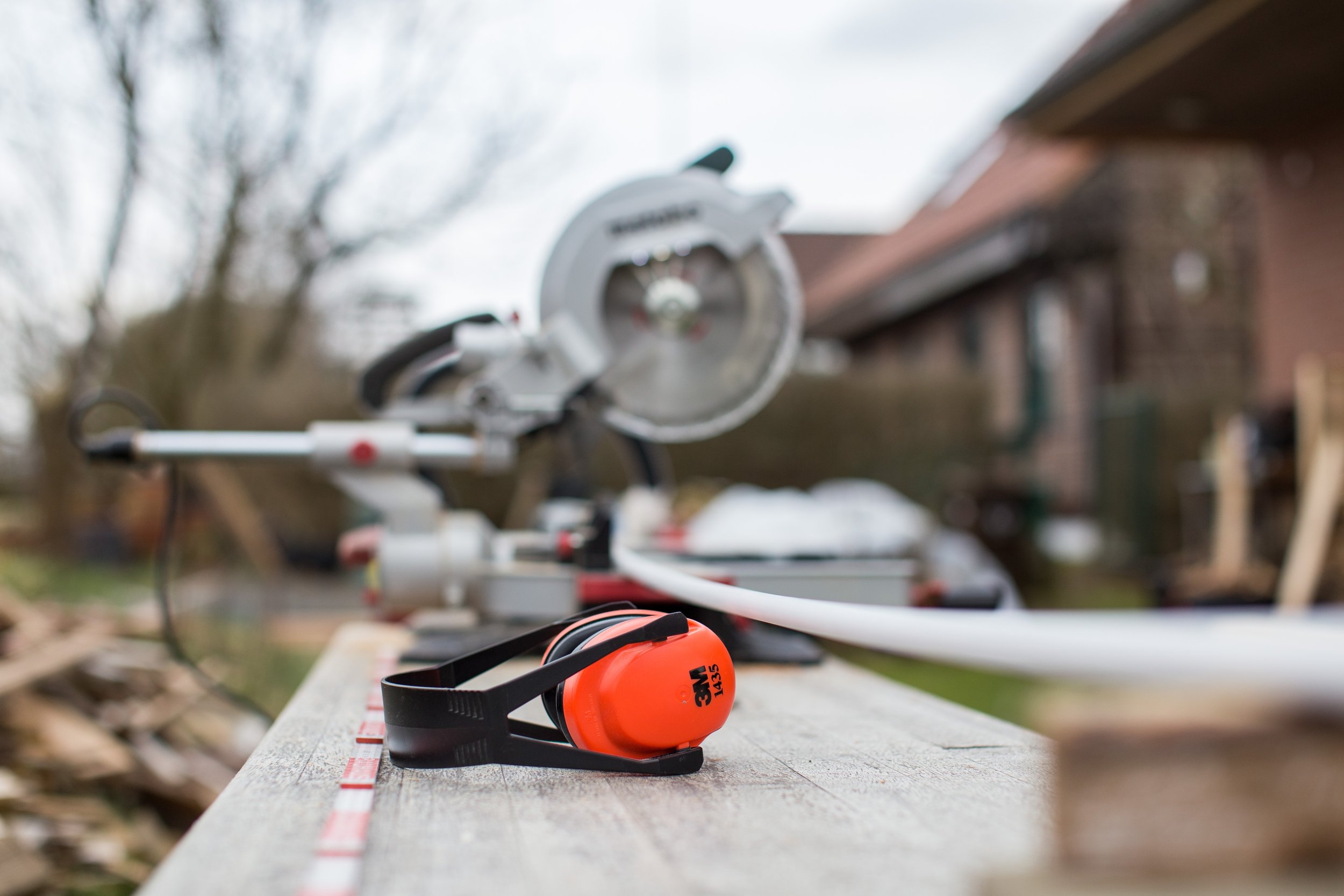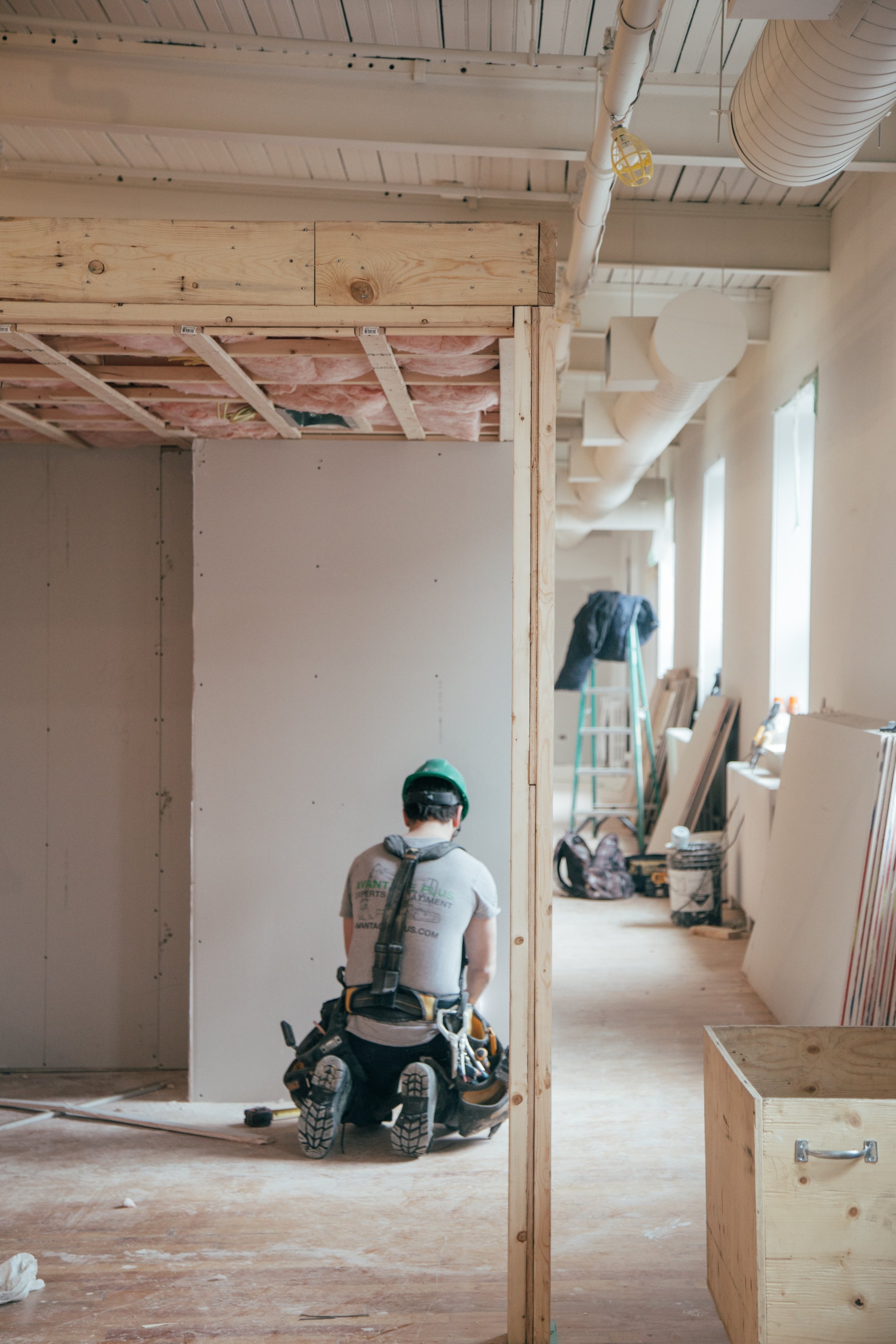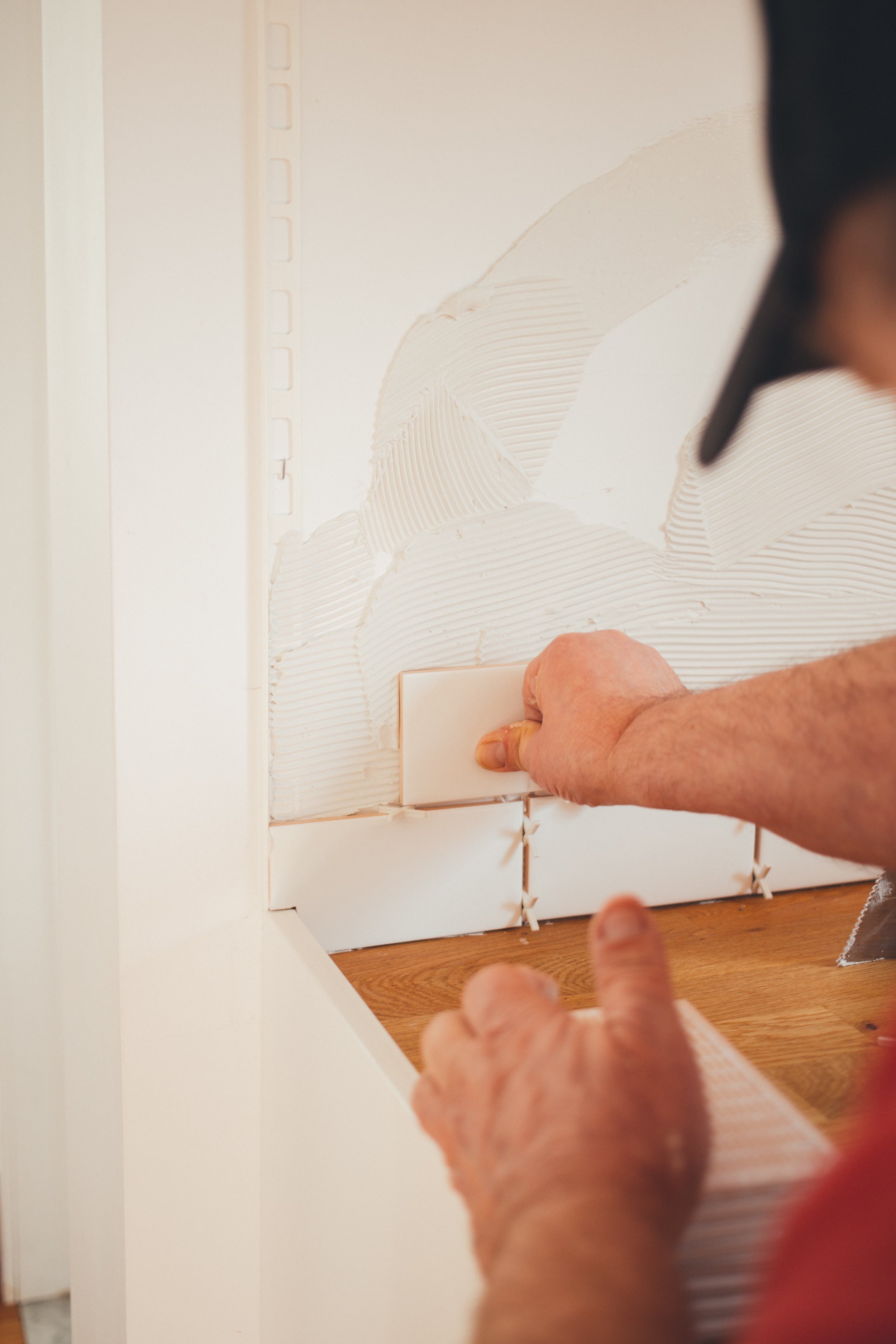SCOPE-CREEP and the DOMINO EFFECT of home renovation projects
It never fails! Once we get into a project, whether a client’s or my own renovation, there are usually ADD-ONS to every job. Some of these come in the form of additional items that are discovered during demo, such as the need for a new sub-floor OR a hidden leaky plumbing pipe that had been hidden for years.
But most of the time these add-ons happen because the client decides they want additional work done. My contractors will call this “scope-creep” meaning that the scope of work increases. But I like to refer to it as the “domino effect”. This is because once clients start to get excited about the new changes they are seeing, they think that perhaps the adjacent space could use some freshening up, too. I find this happens most often with lighting fixtures, paint and window treatments.
But whatever you call it it’s important to remember two key points! First is that these add-ons are NOT included in the original budget. That’s why I never give “ball-park” figures to a client, either for my portion of the job or for one of the contractors that I work with. Even though I have completed hundreds of projects, each one is unique in its needs and it’s important that we take the time to consider each detail and give a realistic estimate. I often ask my contractors to provide a price range to a client if he is unsure of the labor that might be required. (Unfortunately most people don’t have x-ray vision!) Or, I ask the contractor to break out add-ons like an electric radiant heat flooring in a bathroom, so the client can decide if it works within their budget.
The other major thing to consider in the domino effect is the extra time required to add-on an element. Let’s face it – we are all busy these days and contractors are typically booked out months in advance. Of course, if an add-on is a direct result of a hidden problem that needs to be repaired, then there is flexibility in the schedule. However, the add-on is a result of the “domino effect” and simply a new element that the client is requesting then we may have to revisit the schedule. (See my blog on project timelines.)
For my own historic home renovation I found it better to come up with a date and work backward to see if it was feasible – trying to allow for the necessary scope-creep that we knew would invariably happen along the way. Whatever the case it’s important to discuss the options and possible extra work involved BEFORE the project starts – whenever possible!




